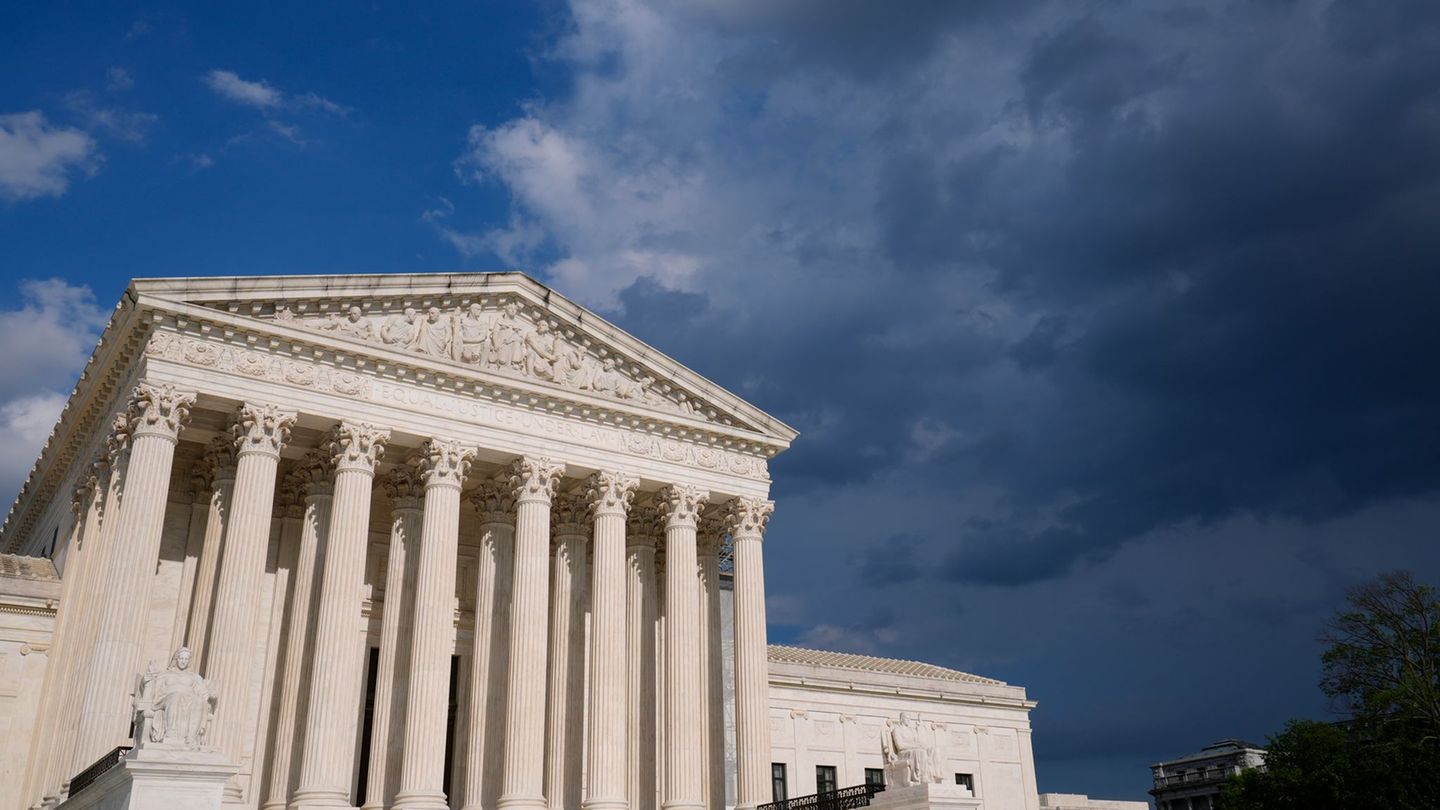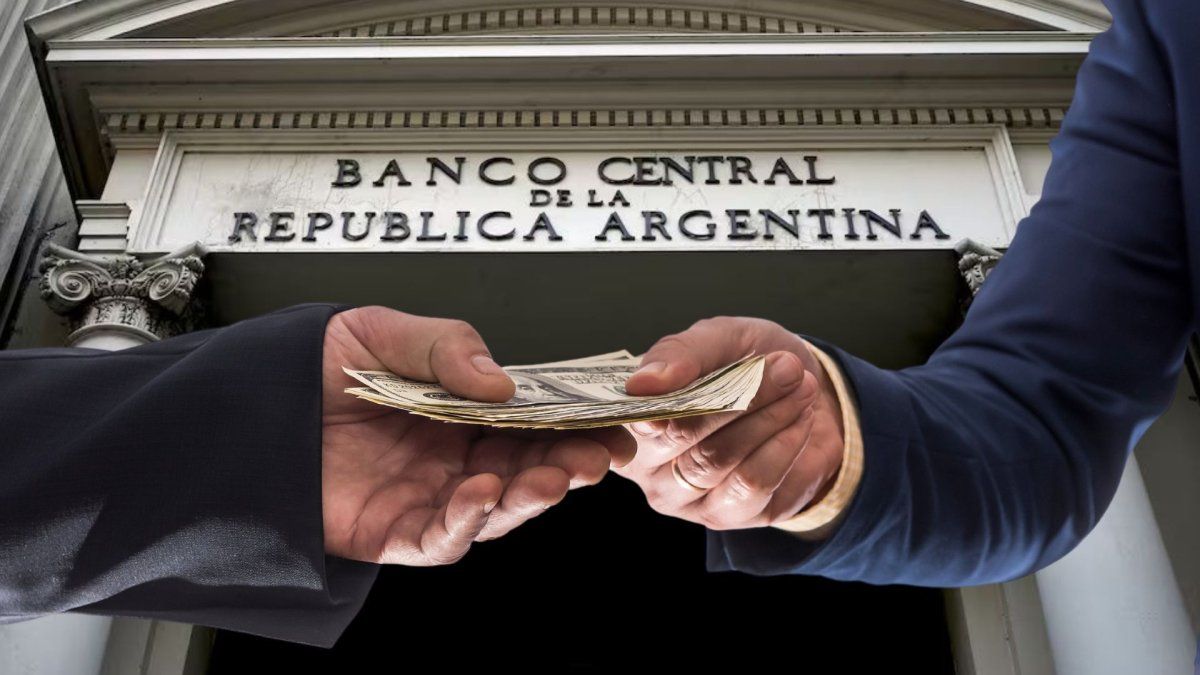History broadcast broadly by the Government is well known, about the gestation of the latest economic measures adopted together with the announcement of the new credit agreement with the International Monetary Fund. I will try a somewhat different story, which I also consider consistent with the facts.
The main objective of the government is to reach the October elections with inflation as close as possible to 1% monthlyand for this reason he decided to reduce the CRAWLING PEG CANCIARIO to that same magnitude from February, threatening even with eliminating any exchange adjustment from a posterior close moment. But he could not disregard how to continue the economic program after the elections: They could not sustain much further exchange restrictions (‘El Cepo’).
The economic team was drawn to the conclusions of an old academic article from the Nobel Prize Paul Krugman ” José Luis Daza He was summoned precisely to analyze that alternative. Krugman, ironically the most Keynesian and less libertarian of today’s Top economists, had shown that The nominal exchange rate would always remain within a band of bands depending on the following conditions:
Conditions 1. and 2. depended centrally on the same fundamental factor, the availability of an important reserves stock in the Central Bank, which was clearly visible. This fact defined the main objective of an eventual negotiation with the IMF: to obtain a forceful backrest in currencies for the time it was decided to leave the exchange rate. There was no immediate urgency, because this was expected to happen after the October elections, crowned by an important electoral victory of the Government, based on the progressive reduction of inflation provided by the current Crawling PEP.
Regarding condition 3., from negotiations with Egypt, the preference of the fund was known by pointing to the price more similar to a free market, namely, in force in the parallel or Blue markets. Consequently, containing the inflationary impact of the stock exit was equivalent to minimizing the gap between the Blue and the officer, maintaining until that moment the Blend dollar for foreign trade and specific interventions in the exchange market that were made regularly. These measures, on the other hand, ensure the continuity of the speculative investments generated by the Carry Trade, so determining the financial stability. But precisely here the problems were advanced.
What transcended the conversations with the background during the first quarter showed great hardness in terms of exchange policy, putting its flexibility as a sine qua non condition for the agreement. The agricultural sector exhibited an important loss of profitability and, as in other similar situations, threatened to retain sales pending better days, which determined a temporary reduction of export withholdings (and prayers to the forces of heaven to be transferred to the producers). And to top it up the exchange current account began to show increasing negative balances month by month. The alarm signs were criticized for the trade trace traigators who sought to cover themselves, and since February the central began with increasing reservations losses. The fund in the background became urgent, not only to get out of the stocks, but above all to stop a balance of budding balance … despite the fiscal surplus!
It was no longer possible to continue with the crawling PE and the fixed changes, but the objective of sustaining a nominal exchange rate through the band system was still possible. The key was to obtain a substantial credit amount to contain expectations.
To convince in the background it cost a lot and against clock, even so that it was not publicly announced that the funds cannot be used to intervene in the exchange market (although it is clearly defined in the agreed goals). But finally salvation came, under the clothing of eliminating the exchange rate. Of course, it was a very sui generis “elimination”: in addition to canceling dividends and previous debts with bopreal titles, the transfer to the exterior of current dividends was postponed by 2026, companies cannot treasure currencies through the official market, and if they want to use the bond market they continue to be subject to the limitation of access for 90 days to the MULC (cross restrictions and parking lot). Another bias of the “release” exchange is the qualification to non -residents to the carry for six months … curiously the month of October!
The critical aspect, however, is the one linked to condition 3 of Krugman, presented above. The band was defined with a center in 1200 pesos per dollar, practically the Blue price of the previous Friday, according to the IMF preference. And in this environment it was located the following Monday with the inauguration of the new policy, with an official devaluation of only 12%, which caused the unfortunate celebration of the government. But this only shows that the Nobel Prize Band system works very well, and not that this value represents a real equilibrium exchange rate.
If the contribution emanating from the alleged “flotation” does not really reflect the fundamentals of the Argentine economy, the negative results of the external current account will be aggravated, the Carry Trade will revert and we will see the official market progressively approaching the upper limit of the established band. And the president publicly advocates a price of $ 1000/USD, lower than the prior to policy change! I would not be surprised if the fund authorities show concern about that position.
Source: Ambito
David William is a talented author who has made a name for himself in the world of writing. He is a professional author who writes on a wide range of topics, from general interest to opinion news. David is currently working as a writer at 24 hours worlds where he brings his unique perspective and in-depth research to his articles, making them both informative and engaging.




